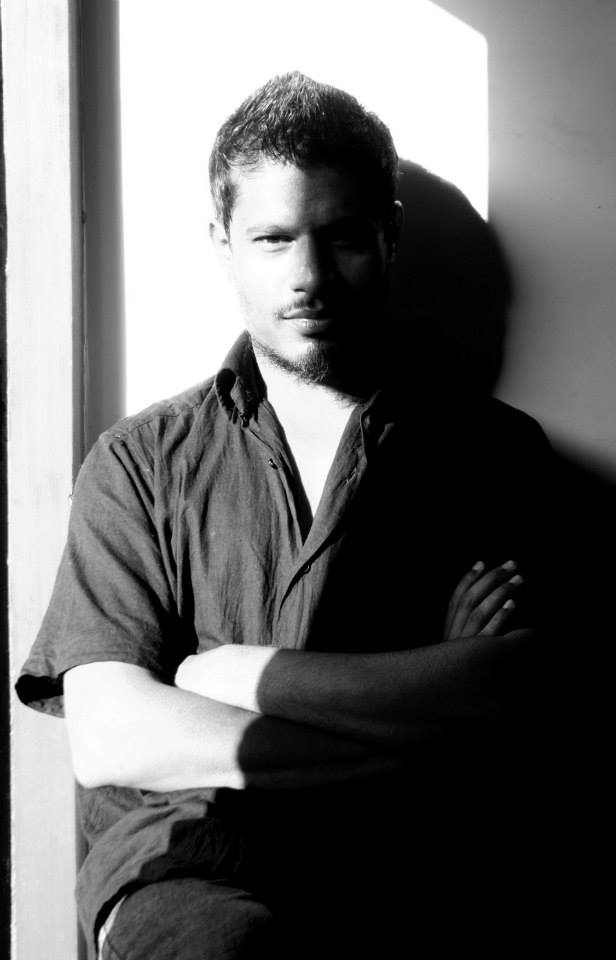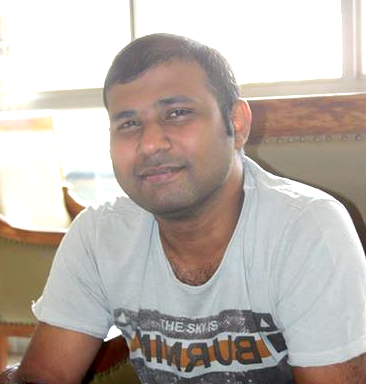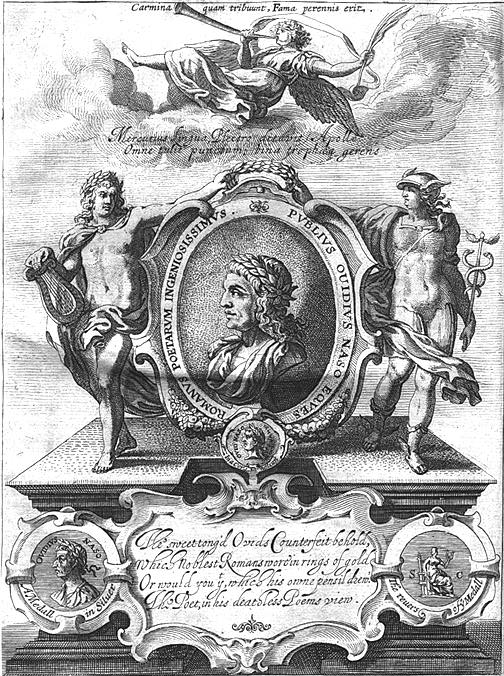Manish Gautam
Lately, I have been engaged in many discussions on online forums on the questions of caste and on the issues of being queer. The two topics, however, are discussed at their respective platforms, though it would be wrong to say that the two never overlap. This write-up is partly inspired from Sumit Baudh’s Indian Express article1 and has come as a response to the questions of whether the two, anti-caste movements led by Dalit-bahujan people and the LGBT movements, can build a mutual understanding and solidarity. It is a difficult task to explore and identify the sites ‘where’ the two can build an understanding and to what degree. I, however, would like to do a simple exercise of juxtaposing the two and looking at the similarities/dissimilarities of the two groups to have an idea on how the two possibly interact.
Discrimination, Atrocities and Harassments
The fight by LGBT groups against discrimination occurs at two levels – the society and the state. The state interferes in the form of IPC section 377 that criminalises any sexual activity which does not produce children. This peculiar section of the IPC, though unequivocally applicable to heterosexual people, is underlined by LGBT groups as more discriminatory towards them. The history of this perception is very recent when a Non Governmental Organisation working with AIDS patients alleged that some of the patients faced difficulties to access proper healthcare because they indulged in MSM activities, hence vulnerable to be charged under IPC 3772.
At the societal level – educational spaces, workplaces and neighborhoods – perceiving and documenting the discrimination is a difficult task. The degree and form of discrimination can vary depending upon whether an LGBT person is ‘visible’ or not. Hijra people who are the most visible category of the Indian LGBT population have been facing severe discrimination historically, both at the societal and state levels. The society keeps them at the margins as they fail to conform to the male-female binary and the government, despite recent developments, does not recognise them as full citizens and criminalises them with acts like Goonda act, beggary acts etc3.
Dalit-bahujan people, on the other hand, face discrimination at the level of the society, though the state is also implicitly discriminatory by not protecting them from it. The history of this discrimination dates back to antiquity with the genesis of caste hierarchy. The discrimnation in the educational spaces can be in the form of denying/blocking access.The workplace and neighborhoods discriminate in terms of giving access to people with certain caste identifiers while blocking others belonging to dalit-bahujan community. We get to hear and come across such incidents where a person belonging to a lower caste has been denied a job, or a house or has not been preferred in marriage alliances because of the caste difference.The structure of caste as well as the dynamics (mobility in the caste ladder) lay the foundation for the discrimination and that makes it more difficult to fight against. The atrocities in the form of murders, rapes of dalit-bahujan women, suicides of dalit-bahujan students, all perpetrated by upper castes and dominant segments of the society are in overwhelming numbers and are the result of structural and systemic oppression.
Discrimination of any kind affects the psyche and works to lower the self-esteem of the person who has been discriminated against. The discrimination that a dalit-bahujan individual encounters is rooted in the discrimination that dalit-bahujan community has been facing. The humiliation and anguish runs across generations, and the parity that socio-economic factors may provide does not assuage the hurt or erase the stigma stemming from this historical, structural oppression.
Bullying is a form of harassment and many of the LGBT children (as they grow up questioning their sexuality and gender identity that does not fall into the prevalent norms) have to face, verbal abuse and sometimes physical abuse from their peers. A Dalit-bahujan child has to face casteist remarks at school from their classmates and teachers. In villages and small towns this can go to the extent of physical abuse from the schoolmates and teachers. In cities the Dalit-bahujan children end up facing a kind of ‘intangible’ untouchability where the college-mates and teachers may not verbally or physically abuse the student, but indirect remarks on their caste status and blocking their advancements by failing in subjects or giving less marks. This may continue in the post-intermediate colleges. Sometime such harassment and discrimination has resulted into the tragic incidents of suicides committed by students from Dalit-bahujan backgrounds4. I have come across a case where a dalit student from a reputed institute who happens to be gay and does not conform to the prevalent notions of masculinity had to face a lot of bullying from his classmates more because of him being a dalit than being gay. Similar bullying and teasing can happen at the workplace. Some workplaces can be inclusive to LGBT but often deny access to Hijras. Hijra people are not only part of the gender and sexual minorities but in the caste ladder they are located at the lower stratum.
The state also participates in the harassment through its various machineries like the judiciary and police. LGBT and Hijra individuals are the most vulnerable people to the IPC Section 377. If it comes on the radar of the police, the people involved in any ‘illegal’ sexual act are subject to extortion and harassment.
Visibility, Representation and Access
It has been mentioned several times in the past few years that there are very few people who identify themselves as LGBT and thus they do not deserve any special treatment from the state5. This notion often is influenced by the societal norms about family and marriages. The people whose gender identity and sexual preferences do not conform to the hetero-patriarchal society are often treated as invisible and hushed upon. The scene, however, is somewhat changed now and more LGBT people are coming forward and sharing their experiences at educational spaces, workplaces and neighborhoods. It is garnering both positive and negative responses.
In contrast to this, the visibility in case of Dalit-bahujan person takes a heavy toll on their life. The caste identifiers such as surnames and being recipients of certain government welfare schemes plays a significant role in the discrimination and harassment at educational spaces, workplaces and other social locations.
The Dalit-bahujan struggle is not only against discrimination, atrocities and harassments but they also demand equal representation in the socio-political spheres and equitable sharing of the resources. The core aim is to destroy the hegemonic status of upper castes and make these spaces accessible to the underprivileged. Similarly, the Hijra and transgender people find it extremely difficult to access social spaces because of social prejudices, discrimination because of caste, and the state’s denial to provide them the benefits of several governmental schemes.
Role of Family
The dynamics at the household level become more interesting. The pressure to marry is a huge concern for an LGBT person. It becomes more oppressive in the case of women whether they identify as lesbian or bisexual. A transgender person has to face harassment by family, where a transman or transwoman has to defy the family and society in asserting their gender identity. For the Indian households in general marriage alliances are made by the elders of the family and the marrying persons often do not have a say in this. These marriage alliances are often endogamous, which means families prefer marrying within own castes or communities. Such endogamy has been identified as the primary cause of caste preservation by Babasaheb Dr. B.R. Ambedkar6.
~
The Dalit-bahujan groups are quite dissimilar from the visible LGBT groups in terms of what classes of people they constitute. Dalit-bahujan are the socially and economically backward people and their struggle is historic, while LGBT movement has gained momentum in recent times. LGBT groups have people from diverse class and caste backgrounds. It has often been alleged that these LGBT groups and spaces are led by upper-caste-class people voicing issues concerning to certain section of LGBT people while ignoring others. These voices are mostly present in the big cities and towns where avenues and media are available to facilitate interactions and the discussions on LGBT issues.
Caste and Queer – building an understanding and solidarity
The Dalit-bahujan issues and LGBT issues interact to varying degrees at three levels – state, society and household, and comparing or likening the two should be done cautiously. It does not mean, however, that an understanding and solidarity cannot be built among them. It would be wrong to assume that there is no overlap between the two groups. A substantial number of LGBT people are Dalit-bahujan. There is, however, a “lack of spaces and avenues” that facilitate discussion on the issues ‘on’ and ‘from’ both groups. While discussing the two dissimilar yet somewhat similar issues, it is important to note and understand that the Caste system creates a vertical hierarchy while the gender and sexuality issues interact mostly horizontally across this vertical plane. Another task that people can do is to understand and acknowledge their privilege that situates them at a higher position in the gender, sexual and caste hierarchies. Once this is done by the privileged person, it can certainly lead towards a better understanding of the issues of underprivileged sections.
I would like to thank all those people with whom I have been engaged for past few years in the discussions on caste, gender and sexuality, and heard, observed their personal struggles. I would like to acknowledge their influence on my thoughts and knowledge.
~
Notes
1. http://indianexpress.com/article/opinion/editorials/groom-for-groom/
2. The fight against IPC Section 377 might be older than the Koushal vs Naz, Delhi High Court case in 2009 where Naz Foundation had challenged the constitutionality of Section 377 IPC. The Delhi High Court had read down the section. This court case garnered a greater degree of publicity especially in the media and it followed an unprecedented discussion on topics of LGBT.
3. Harassment of Hijra community continues to occur even today despite increasing awareness and activism by Hijra community and human rights groups in the country. The incidents like the arbitrary detention by Bangalore police (http://orinam.net/hijras-detained-bangalore-nov-2014/), the non-cooperation of Hyderabad police in finding the culprit behind the murder of a Hijra in Hyderabad etc show the implicit transphobia of the government
(www.livemint.com/Leisure/5XCUSYRBJYDccUROFjs4bM/Ground-Report-Crime-and-punishment.html). It has been more than a year since Supreme Court of India recognised the rights of Transgender people and directed the government to work in this direction, and any significant effort by the government is nowhere to be seen.
4. The Death of Merit: Failure of India’s Premier Educational Institutions
(http://roundtableindia.co.in/index.php?option=com_content&view=article&id=4792:the-death-of-merit&catid=119:feature&Itemid=132)
5. This view has particularly been expressed in the Supreme Court judgement that upheld the validity of IPC Section 377 (earlier read down by the Delhi High Court in July 2009). In this famous judgement the judges have remarked the LGBT population as being of ‘miniscule fraction’.
6. Castes in India: Their Mechanism, Genesis and Development, 1916, Dr. B. R. Ambedkar
~~~
Manish Gautam works as a consultant with Indian Institute for Human Settlements, Bangalore.









